2016 Commercialization Fellows
Meet the 2016 Commercialization Fellows and learn about the potential real-world impacts of their technological innovations. Read the Cornell Chronicle announcement for additional information on the cohort.
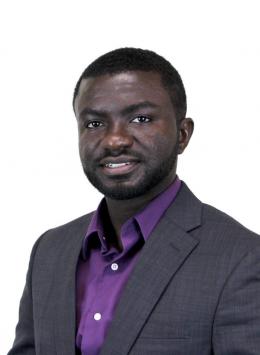
David Agyeman-Budu
Cornell High Energy Synchrotron Source, Ph. D. Candidate
Confocal X-ray Fluorescence Microscopy
This X-ray technique can be used to non-invasively analyze the chemical makeup of an object. Agyeman-Budu will focus on detection of counterfeit electronics, pharmaceuticals and fine art. Similar X-ray implementations are energy-dependent and sacrifice resolution, but this technology uses a novel optic technique that doesn’t depend on the energy of fluorescent X-rays.
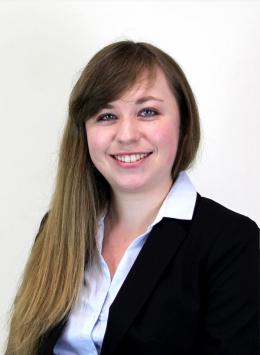
Amanda Bares
Biomedical Engineering, Ph.D. '17
Hyperspectral Multiphoton Microscope
The first-of-its-kind microscope can image fluorescent cells in living tissue using 48 channels of color information. Most multiphoton microscopes imaging at the same depth detect up to four colors. This technology allows a researcher to image a live mouse brain, for example, and see blood vessels, neurons, nuclei and various cells all in the same image.
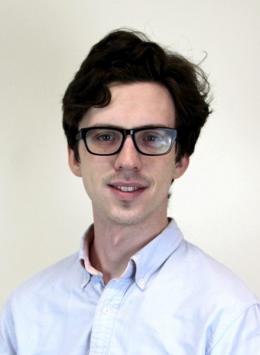
Bill Bedell
Chemical Engineering, Ph.D. '17
Infection-free Insect Cell Lines
These proprietary lines of insect cell cultures could serve as the production basis for the first wave of commercial therapies that treat a disease by introducing genes, in the form of RNA or DNA, into a patient’s body. Similar gene therapies under development tend to harbor viral infections, which can be costly to remove from the cultures.
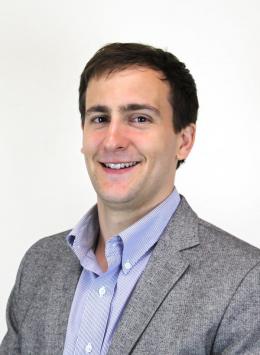
Mitchell Ishmael
Materials Science and Engineering, Ph.D. '17
Active Energy Storage
This technology intelligently manages different sources of thermal energy to inexpensively store electricity, helping to incorporate renewable resources into the power grid. Diurnal temperature swings can further enhance storage efficiency when storing electricity as thermal energy. This technology represents a step forward over conventional pumped-heat electricity storage units.
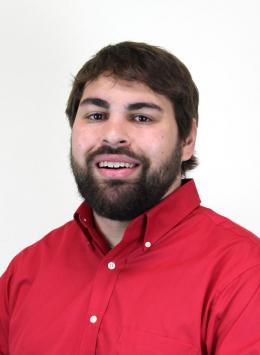
Bryan Peele
Mechanical Engineering, Ph.D. '17
Hyperelastic Light-emitting Capacitor
This system features a stretchable, rubberlike material that illuminates, provides tactile feedback and can be pressurized to form buttons, ideal for touchscreen interfaces, especially in vehicles where the driver needs to maintain eye contact with the road. The technology also has applications for wearable electronics.
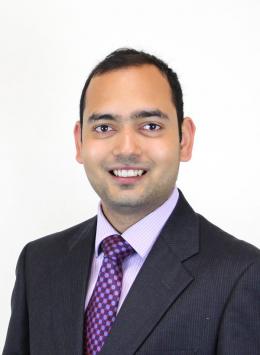
Madhur Srivastava
Biomedical Engineering, Ph.D. '18
Signal Processing Denoiser
This signal-processing method uses “wavelet transforms” to remove signal noise and improve results of spectroscopic and imaging methods like ESR, NMR, MRI and CT. At significantly reduced time and cost, this denoising method uses features such as new noise thresholding formulas to improve available methods and will enable accurate studies in laboratory and clinical settings.

